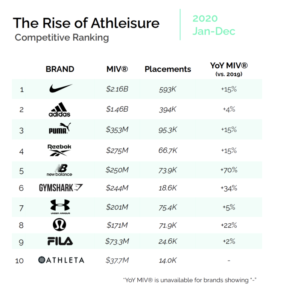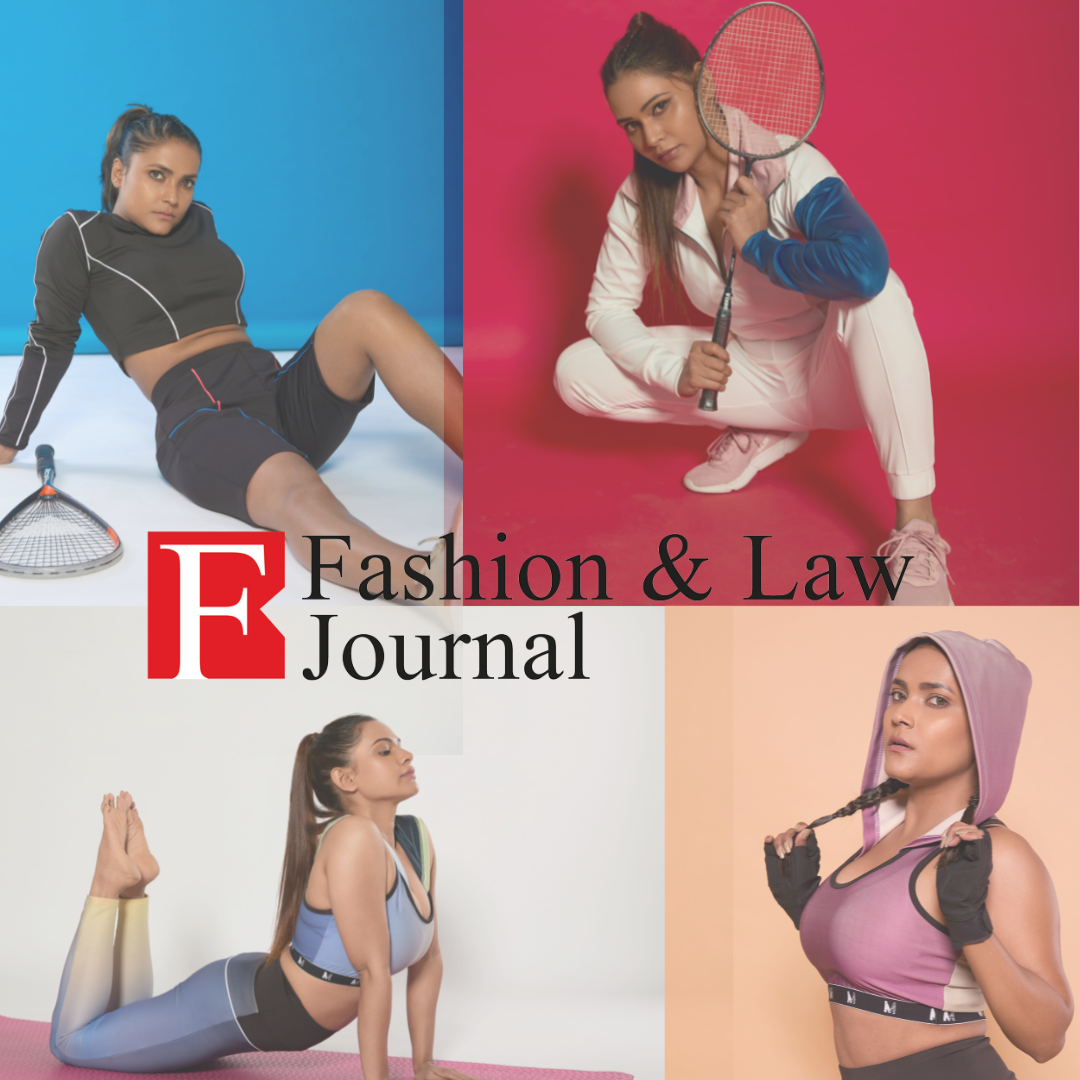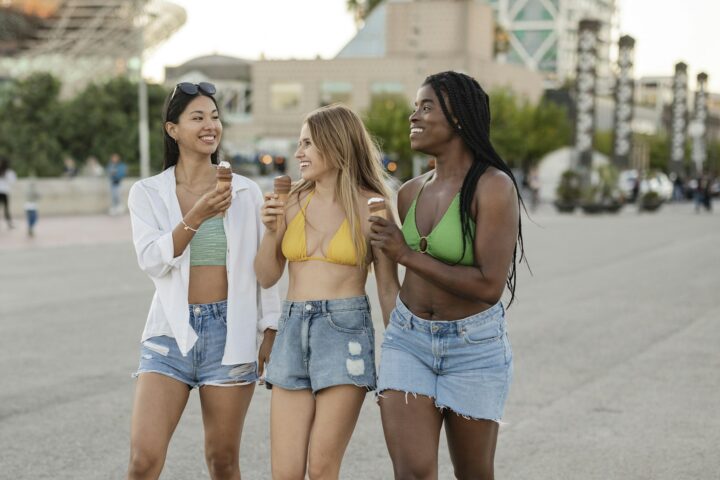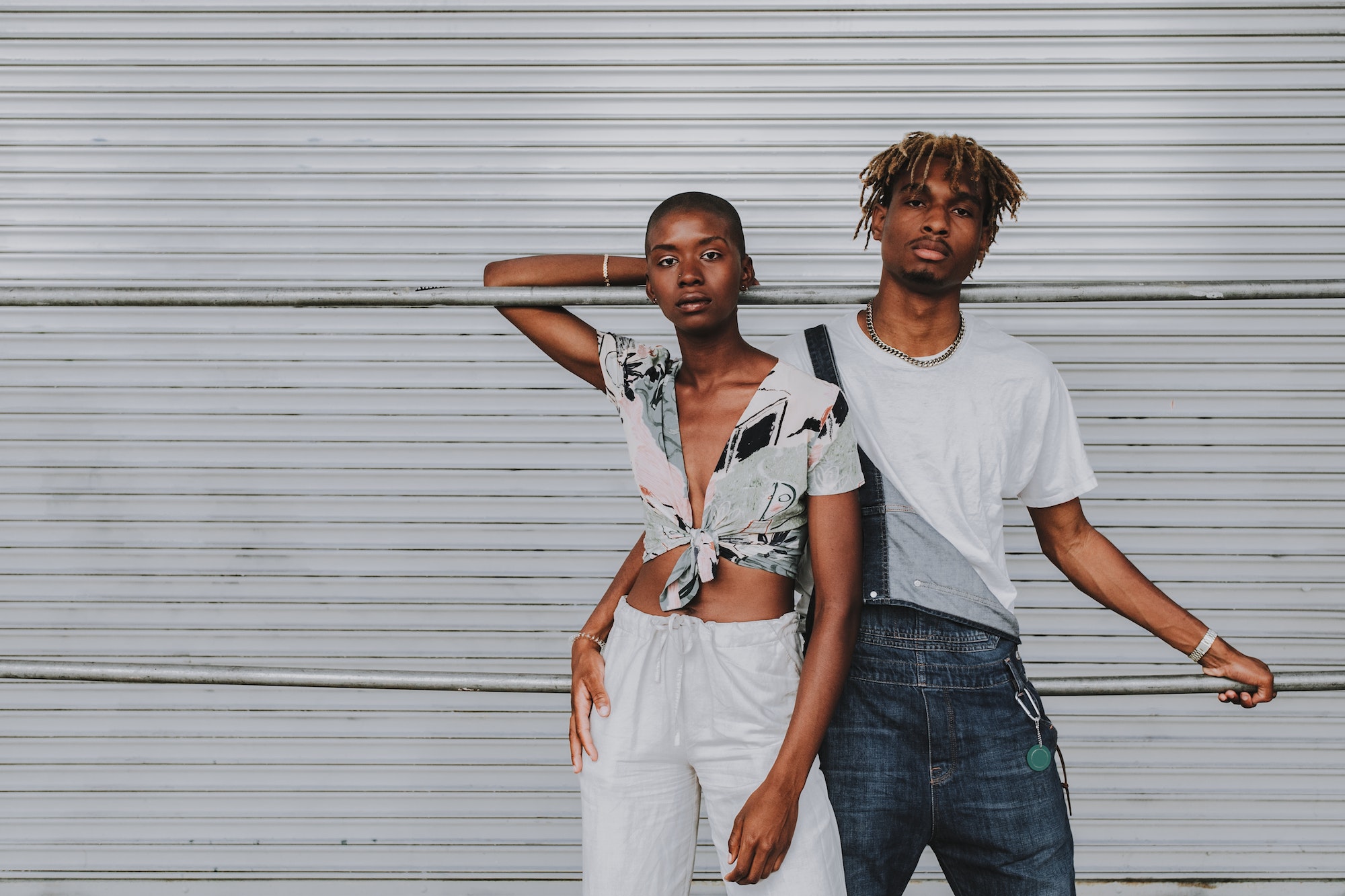The coronavirus pandemic hit in early march of 2020 and began to spread rapidly around the world. People were confined to their houses, only leaving for essential activities such as grocery store, bank and doctors appointments This would change the way the world worked and dressed. The house became the new office, studio and workplace for many. Traditional clothing items – such as suits, gowns, trousers and even jeans found themselves stashed away in the wardrobe never to be worn again for a while. People wanted comfort, movement and breathable clothing which was practical for everyday wear.
A quick run to the grocery store and a jog in the park would require the same outfit. The second skin, breathability and comfort of products was something a lot of people turned towards, as it was the best choice to live in from morning till evening without really moving out. Functionality and versatility in clothing- something to could wear for a quick Zoom call with colleagues and then wear the same thing to head out for brunch with friends.
Thus with necessity comes invention and sure enough comfortable, sporty and chic clothing was back in style. As people were working from home all day they chose to invest in clothes that were comfortable. Joggers, sports bras, yoga pants were more sought after than traditional workwear, fancy lingerie, suits and trousers. With the rise in comfort, dressing down and effortless fashion brands sure enough began to make atheleisure and loungewear that was more premium, expensive and designer. Airport looks, office looks and fashion has changed significantly since the beginning of the pandemic, with looks that corporate style as well as comfort. This article would categorically analyse and explore the sales and business aspect of this change and impact of this new era in fashion- in India and abroad.
History of Athleisure
Athleisure as we know it today evolved from a century-long history of American sportswear into its own unique trend that capitalises on both our society’s emphasis on comfort and the technology that allowed for advanced synthetic fibres. A hundred years ago, people wore clothes that were dictated by the event they were attending, but modern-day athleisure is for people who want a one-size-fits-all approach to their wardrobe.
Designers like Claire McCardell and Bonnie Cashin helped the American fashion industry emerge from the shadow of French couture to promote a more casual approach to dressing. Their designs emphasised the practicality and democratisation of fashion. It’s also worth noting that many of the most successful and well-known sportswear designers were women, possibly because they understood the needs of their contemporaries and injected their own values into their designs, making clothes easy to wear and use.
The term athleisure was first used in March 1979 in an issue of Nation’s Business, where it was used to describe clothing and shoes that were designed for people who wanted to look athletic. Over the years, athleisure moved from sportswear, which was clothing designed for a specific sport, to the one-size-fits-all approach to athletic apparel that defines athleisure clothing today. The athleisure trend really found its footing in the early 2000s, shortly after Lululemon was founded in 1997. The company revolutionised the fashion industry with its stylish twists on workout clothes that were previously worn only for exercise, like yoga pants, sports bras, leggings, joggers, tank tops, and crop tops. Workout wear was now everyday fashion and was not not simply reserved to be worn in the gym alone. The 2020’s have provided a huge launch for the trend as well. With the home being the new office and gym. Functionality and comfort became the new trendy and athleisure the new wardrobe staple.

The top 10 players earned $5.2B Media Impact Value™ in 2020 by Launchmetrics
Media and Athleisure
Media is one of the main outlets that has contributed tremendously to this rise. Print, social media channels – Instagram and Pinterest as well as influencer marketing channels have contributed tremendously to the rise and popularity of athleisure. American retailer Target launched their own active wear brand – All in Motion and have reported 1B USD in sales[1]
The customer journey rarely follows a straight line. Consumers traverse multiple touch points across a variety of sources, channels and media types along their path to making a purchase. For example, a consumer might hear about a new sportswear brand in an article on Vogue.com, or see a tracksuit in one of their favourite influencer videos. They might gain fashion inspiration by influencer marketing, like a sponsored Chloe Ting post or come across a new activewear line launched by their favourite celebrity example : Fabletics by Kate Hudson. The journey continues as the customer follows the celebrity/ influencer/brand’s own social media accounts and then eventually purchases that new lip gloss, pair of shoes or sweater that caught their eye. The media – especially social and influencer channels have had a huge impact on the everyday customer buying athleisure as content consumption is only increasing. Each Voice – be it influencer, athlete, Instagram and celebrity has played an important role in the rise of athleisure today.
Growing Atheleisure via Brand Performance
With all major social events and festivities around the world being cancelled due to lockdown restrictions the sales for both formal wear and party wear declined in the pandemic. Even today data shows that the sales have not matched the 2019 levels for both categories.
Talking Numbers:
The lockdowns since the beginning of the pandemic have seen athleisure sales orders jump +84% according to True Fit’s Fashion Genome, which analyses data from 17,000 retail brands and 180 million True Fit members. True Fit is footwear and apparel’s discovery platform. It has organised the largest platform of apparel and footwear data through its partnerships with thousands of top brands, the world’s leading retailers, and millions of consumers. Its data is mapped into its Genome™, which helps retailers and brands unlock digital growth in the $1 trillion footwear and apparel industry. True Fit’s Genome powers its award-winning Confidence Engine™.[2]
According to Research and Markets, the global sustainable athleisure market size is anticipated to reach US $ 117.4 billion by 2027. It is expected to expand at a CAGR of 5 per cent from 2020 to 2027.
A response to this huge growth UK giant Retailer Marks & Spencer announced in 2021 end it would be extending its Goodmove activewear ranges to accommodate demand and also target men and kids, as online sales of its activewear for women grew 200% between March and September, 2020.[3] Sweaty Betty saw increase in sales upto 60%.
Athleisure and India
While fashion trends are fast changing, every month, every year, athleisure is not definitely not a short-term trend. Athleisure is surely going to continue to dominate the fashion landscape in the 2020’s.
India as a country has a long way to go in order to fully explore the category and its potential. There are also a number of challenges on the way, including lack of awareness among consumer base, sourcing of raw materials, etc. India being a purely cotton dominant country in terms of material usage, the advanced technology required to create these special fabrics and the technical aspects of production
Functional fabrics like dry-fit and sweat-wicking, etc., are in demand. Everything comfortable is in trend. From to-go leggings that can be teamed with tanks and shirts to easy lounge and yoga pants. More people want to be at ease and buy clothing that is not too casual but comfortable and versatile. Activewear has become the day-to-night go-to attire for daytime Zoom meetings transitioning into mat workout and further to Netflix evening binges for a lot of people. Athleisure as a category also needs testing of functional benefits as well as looks and designs. Currently, brands and manufacturers offering athleisure merchandise are trying to incorporate Work From Home aspect too in their collection.
Sustainable athleisure has found a strong footing with the awareness of micro plastics and harmful materials being used in the creation of these pieces of clothing many brands like Satva, Stretchery, Mai Kai (India) and Proyog – all featured in Vogue Magazine to name a few. These brands are doing that bit to make sure athleisure is created ethically, with organic and recycled materials keeping in mind the impact on the environment these materials make in course of their production. Other brands like Silvertraq, Kica and Clovia as well as numerous department stores eg: Pantaloons with Agile, Westside with Westsport as well as Lifestyle have all launched Athleisure Brands under their own parent brand.
In Conclusion
Thus we can infer that not only is athleisure and comfort wear growing tremendously as a fashion category in response to the coronavirus pandemic but it also is making a significant impact on the consumer – both in style and choice and is empowering people to be more comfortable in their own skin and not having to conform to any specific body standard with comfort and body positivity being at the forefront of the movement. India is doing a remarkable job to keep up with the trend and is sustaining the impact of athleisure with its rise of social media, celebrity and influencer marketing. The impact of athleisure will change fashion in numerous ways – sustainable production, body positive approach and comfort and will bring about many positive changes to the fashion industry.
[1] https://www.cnbc.com/2021/02/08/target-activewear-brands-sales-hit-1-billion-as-retailer-gains-in-apparel.html
[2] https://www.businesswire.com/news/home/20151028006121/en/True-Fit-Introduces-Genome™-for-Footwear-and-Apparel
[3] https://www.theindustry.fashion/ms-expands-goodmove-activewear-to-menswear-and-kidswear/
Author: Riya Kotwal (Student Editor)










